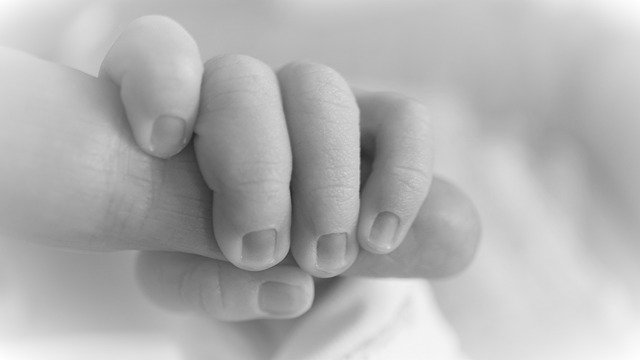Sadly, injuries to the brain are both more common and harder to detect after birth. The reasons are obvious, the head is the largest part of a newborn and it’s the part that must undergo the most transformation and deformation during birth.
The brain is precious, which is why so much of the prenatal time is needed to develop it. Because of the size of the brain, the skull starts loose and hardens into a full shape over time. Though the body takes a great deal of time and energy into creating and protecting the brain, it is still vulnerable to many traumas.
Any injury to the body can influence the brain, as it needs the bulk of the body’s blood and oxygen early on. Any interruption to either has the potential to result in cascading issues.
To stay in front of potential mental issues, its important to follow established milestones but also to be aware of latency. Putting undue pressure on a baby creates stress for all parties.
Symptoms of Mental Birth Injury
Many of the symptoms of a mental injury are difficult to see early on. Cognitive and motor functions both take time to develop and it’s usually not obvious if there’s and issue until later on.
Even worse, a small injury can result in only a small effect, making the injury nearly invisible in the scope of life. Making a diagnosis of brain and mental injuries harder is the gap between the resulting capacity and potential capacity.
Immediate Onset
Birth complications and injuries that result in brain trauma most often relate to lack of oxygen, nutrients, or blood. In some cases, physical trauma can lead to brain injury but that’s more largely covered under physical symptoms.
During labor, injury to the brain relates most frequently to lack of circulation and oxygen deprivation. These have visible physical symptoms and doctors are quick to adjust for and treat these on delivery.
The use of forceps is contentious to avoid damage to the head and spine but also necessary to avoid prolonged deprivation states.
Upon birth, poor coloring, lack of respiratory response, and shocks are the most common symptoms of brain injury. The most common brain injury, cerebral palsy, is noticeable immediately.
Late Onset
Later in development, symptoms of a mental injury are tracked in comparison with other babies. The earliest symptoms appear around age two with deficiencies in motor skills and speech.
Alertness and atypical responses to external factors like light and sound are common. These are different than a physical lack of response.
Many factors can contribute to developmental issues in a baby. This makes tracking the source to a specific injury difficult. Current practices aim to identify symptoms first and then confirm an injury incident.
This helps keep the numbers in check between issues caused by an injury and those caused by general developmental issues.
When you observe signs of mental defect in a baby, make sure to document symptoms carefully and interactions with doctors thoroughly to help make this crucial distinction.
Start a Dialog
Working with a child that shows signs of a mental defect or brain injury is traumatic. Everything you hope for the life of your child gets skewed and all efforts to help intensify. You want answers but the nature of their conditions makes them hard to find.
Getting to the bottom of what happened and holding parties accountable can ease the stress and help create a future for you and your child. We are here to help. Contact us today for a free consultation.













